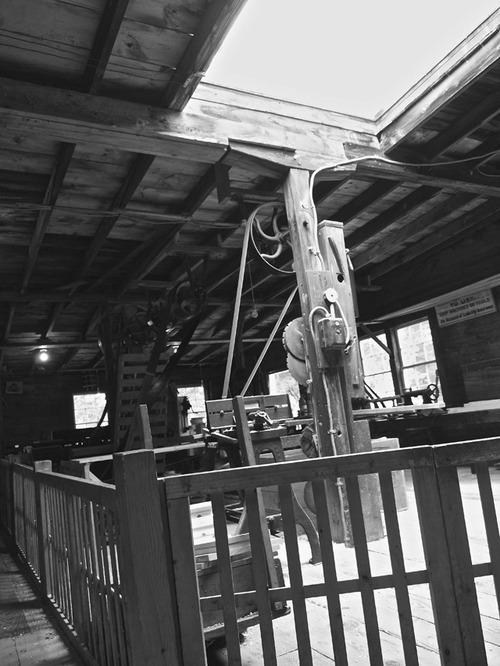I believe that Route 20 is the result of an incredible, and understudied, interplay between agriculture and industry in early upstate New York. Route 20 connects many of the primary upstate New York communities within the Syracuse vicinity. Not surprisingly, many of these were founded circa 1800.
The history of the route has become apparent through the architectural landmarks which dot its sides. Among these are the William H. Seward House and Lorenzo, as well as several early mills. My intrigue piqued when one day on a bike ride south of Syracuse, I noticed a sign on the side of the road declaring Lafayette the Crossroads of New York State.

Right now the forces are complex and disparate, necessitating a much further investigation which can hopefully order and make sense of the corridor’s development. I will begin to do this with studies of several different segments of Route 20.
The first segment of interest is the five mile portion between Auburn and Skaneateles. Both towns have industrial roots, establishing their centers around early sawmills. It is my suspicion that these towns, however, were not linked via roadway solely by these industrial activities for many reasons. Meyer notes in The New Industrial Order that transportation via wagon remained very expensive through the 1830s making it a prohibitive cost to small time industries. Furthermore, a series of north-south ridges and valleys make overland east-west travel very difficult. However, it has been noted that roads and turnpike systems often supplemented navigable waterways. Perhaps a road which connected the northern ends of each finger lake would serve as a spine of transportation for the Finger Lakes region. Meyer also outlines how major railways and canals led to the development of outlying villages. Perhaps these towns were part ways the byproduct of the extension of the Erie Canal and a much broader regional industrialization.
A second segment of fascination is that portion which connects Lafayette to Pompey and then continues out to Cazenovia. Each of these towns rests atop a ridge and between each lay an unoccupied valley. Because of the terrain, farming was probably not a priority to settlers in this area. Furthermore, these towns made either no attempt, or only small attempts, at industrialization. These settlers and settlements seemed to follow in the guise of Thomas Jefferson at Monticello, picking sites which offered panoramas of the land below. We know Lorenzo was built on the southern tip of Cazenovia Lake because of its elevation. The Reuel E. Smith House, though in Skaneateles, has a similar sighting except for the reason that its architect, Andrew Jackson Downing, sought to bring man closer to nature. It too offers lengthwise views of its adjacent lake.

Lakes of the Syracuse region, acrylic on canvas, by the author

Farms of the Syracuse region, acrylic on canvas, by the author

Forests of the Syracuse region, acrylic on canvas, by the author
Furthermore there is important legislation to consider such as that which founded the Central New York Military Tract as well as business endeavors like the Holland Land Company, which attempted to attract people to the region with the lure of the Erie Canal.
It is important however to remember that what began this study of Route 20 is the diverse architecture along its path. I intend to continue my research into how these pieces can inform the greater whole, for they have already begun to do so on a small scale. If possible, I would also like to explore how more specific features of design have resulted from these sitings as well as determined them.
[more images to come]





